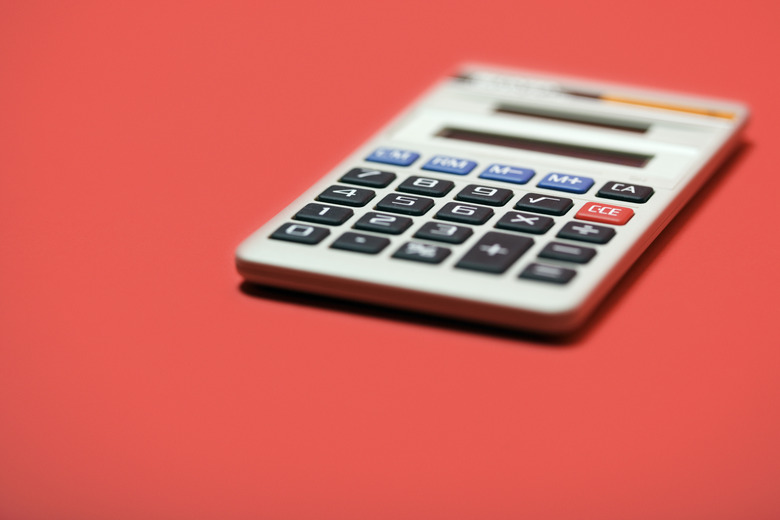How To Calculate Proportionality
The term "proportionality" means a ratio between two quantities that does not vary — that is, the ratio remains constant. Proportionality is an extremely useful concept. For example, suppose a small plane pilot knows his aircraft gets 10 miles for each gallon of fuel consumed. The ratio is thus 10 miles per gallon. If the pilot knows how many gallons of fuel the plane will carry, he can calculate how far the plane can be flown safely.
Step 1
Define the quantities and their relationship. For example, if you want to know the proportionality of fuel consumption by an automobile, you have to determine how many miles the car can be driven on one gallon of gasoline. Another example is the hobbyist who wants to know the scale (proportionality) between the size of a ship model and the size of the real sailing ship. In this case the proportionality is that one inch for the model represents a constant number of inches for the real ship.
Step 2
Collect the necessary information. To measure gas mileage, you can keep track of how many miles you drive on one tank of gas. A hobbyist can measure the length of the ship model and look up the length of the sailing vessel in historical records.
Step 3
Divide the larger number by the smaller to calculate proportionality. For a car that used 14 gallons of gas to cover 350 miles, this will be 350 miles divided by 14 gallons. If the hobbyist's model is 35 inches long and the real ship is 210 feet long, you have 210 feet divided by 35 inches (usually you convert this kind of measurement to the same units, so you will actually use 2,520 inches divided by 35 inches).
Step 4
Express the proportionality in a convenient form. The car that uses 14 gallons of gas to cover 350 miles is said to get 25 miles per gallon. For the hobbyist's sailing ship model, 2,520 inches divided by 35 inches equals 72 and is usually written 1: 72 (one inch to 72 inches).
Cite This Article
MLA
Adkins, William. "How To Calculate Proportionality" sciencing.com, https://www.sciencing.com/calculate-proportionality-6076375/. 24 April 2017.
APA
Adkins, William. (2017, April 24). How To Calculate Proportionality. sciencing.com. Retrieved from https://www.sciencing.com/calculate-proportionality-6076375/
Chicago
Adkins, William. How To Calculate Proportionality last modified March 24, 2022. https://www.sciencing.com/calculate-proportionality-6076375/
